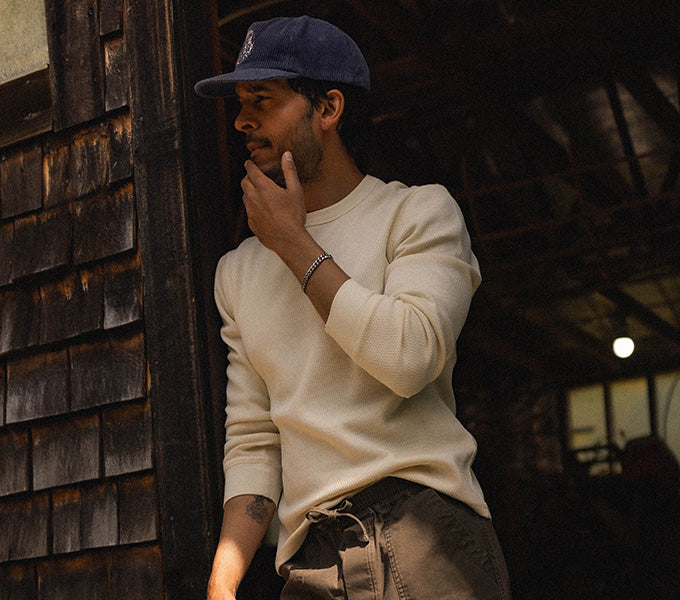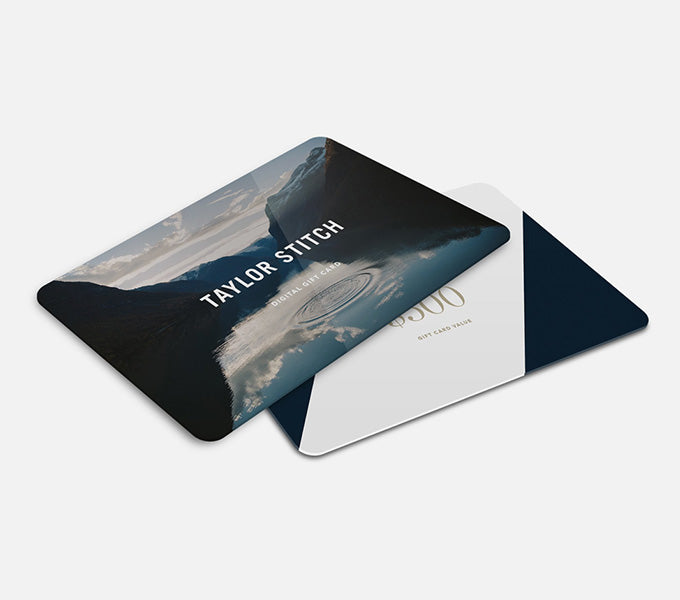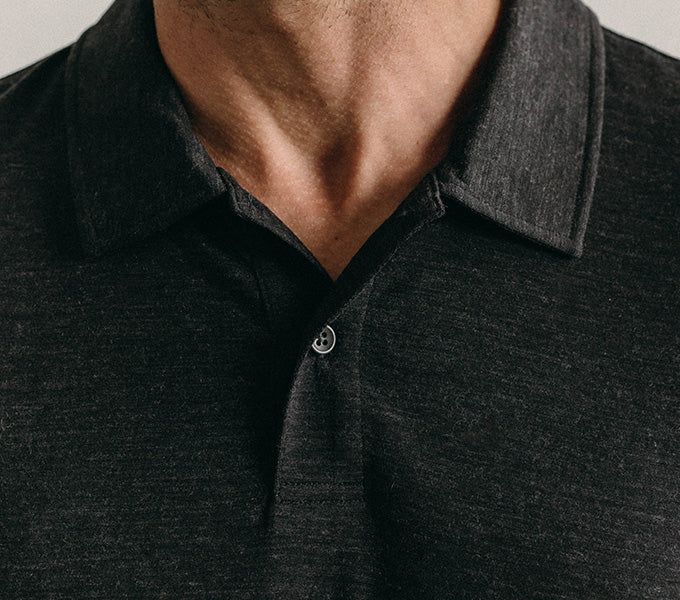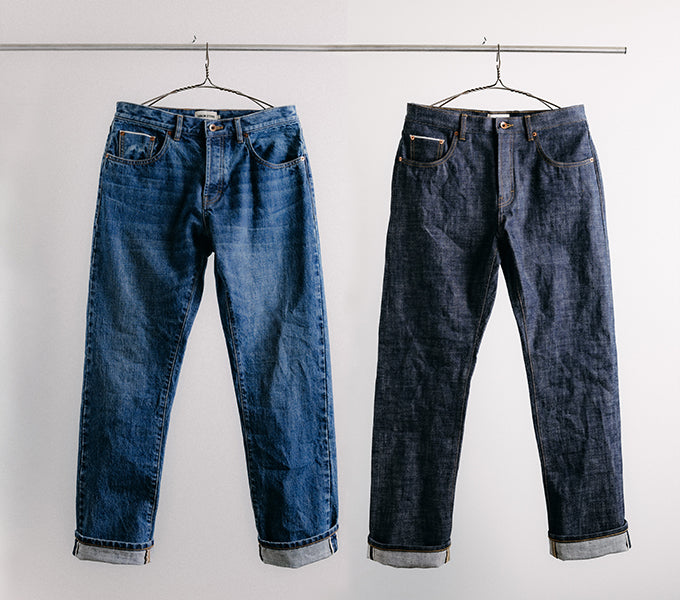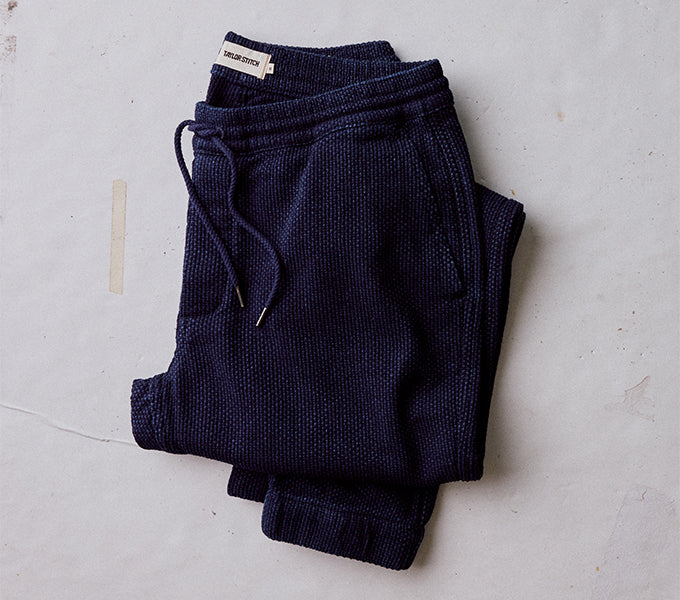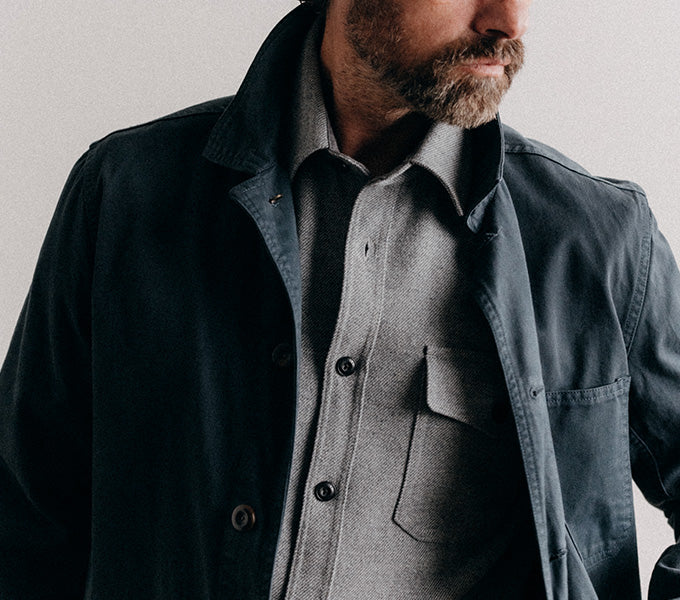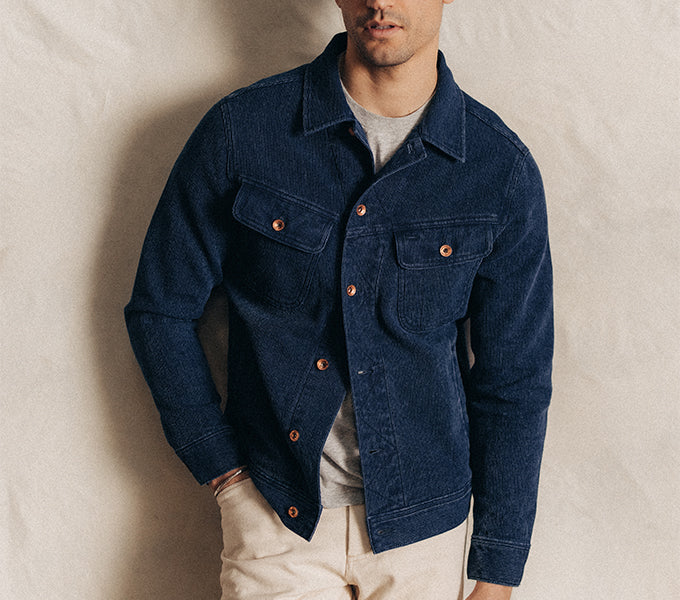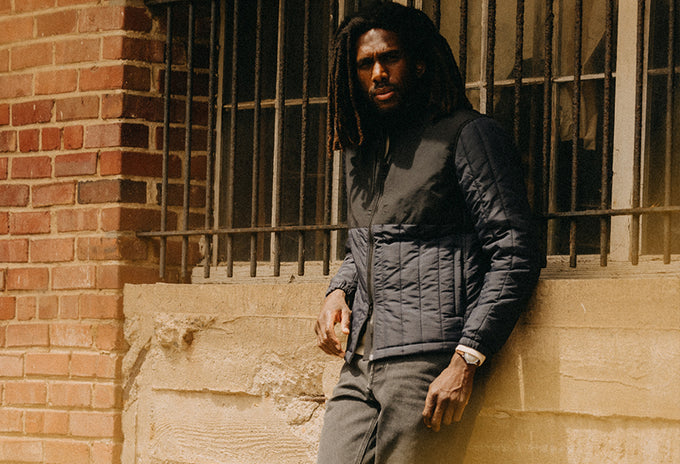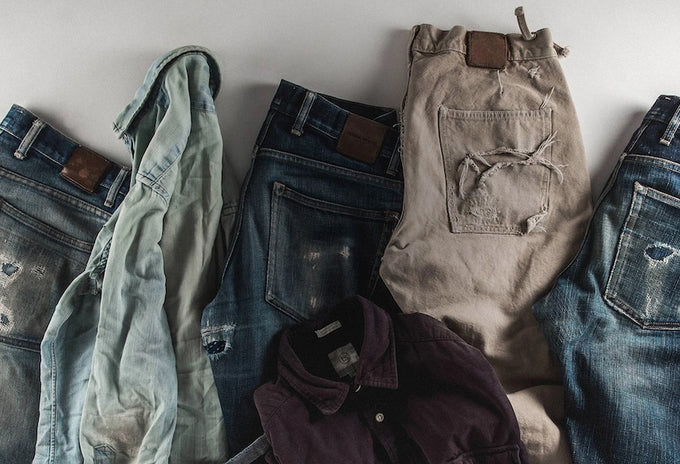Few garments have stood the test of time quite like the flannel shirt. Tough, timeless, and endlessly adaptable, flannel has evolved from humble origins into a cold-weather staple across cultures and generations. Today, it’s as likely to be found layered over a tee on city streets as it is worn on the jobsite or trail. But where did it come from, and why has it endured?
What is Flannel?
Let’s start with the basics. Despite often being confused with plaid, “flannel” refers not to a pattern, but a fabric. Traditionally woven from wool and now often made from cotton or blends, flannel is defined by its soft, brushed finish. This process raises fine fibers on the fabric surface, resulting in a warmer, cozier hand feel without adding bulk—making it ideal for work and wear in cooler climates.

The Origins of Flannel
Flannel’s roots trace back to 17th-century Wales, where the new, woolen fabric was prized for its durability, warmth, and ability to wick moisture. Farmers and laborers adopted the fabric for its practical qualities—sturdy enough for hard work, but comfortable enough to be worn against the skin. Over time, flannel spread through Europe and eventually found its way to North America, where it became a staple among railroad workers, loggers and outdoorsmen.
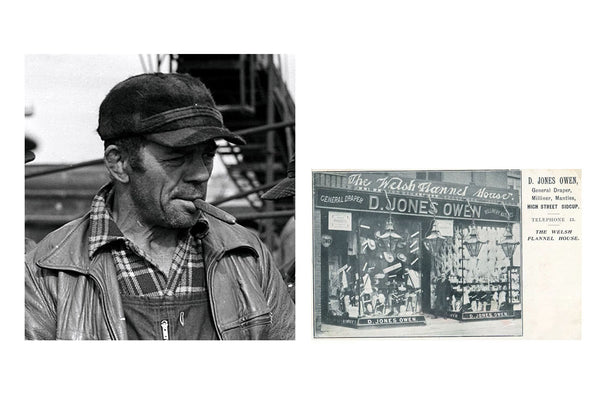
Flannel and American Workwear
By the early 20th century, flannel shirts were firmly embedded in American workwear. Favored by some of the counties first woolen mills, and later popularized by figures like Paul Bunyan in folklore and the rugged outdoorsmen of mid-century advertising. Post war, flannel found new life among surfers, college kids, and counterculture icons—becoming not just functional, but fashionable.
The 1990s brought yet another evolution, with flannel shirts becoming emblematic of the grunge movement. Worn oversized, thrifted, and threadbare, they symbolized a kind of anti-fashion that echoed flannel’s working-class roots while subverting the era’s glossier trends.
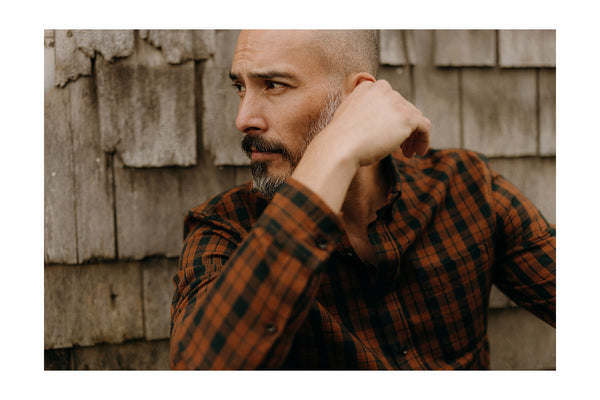
Flannels For Now
Today, flannel shirts remain a menswear mainstay, but the best versions strike a balance between heritage and modernity. At Taylor Stitch, we hand select materials like premium organic cotton chamois for that signature blanket-soft feel, tailor them to clean up nicely when occasion calls, and build them to break in beautifully with each season of wear. Whether you’re layering up for a hike, a commute, or a cold one on the porch, these shirts are built to keep the rugged history of flannel shirts on track and in motion—and look damn good doing it.
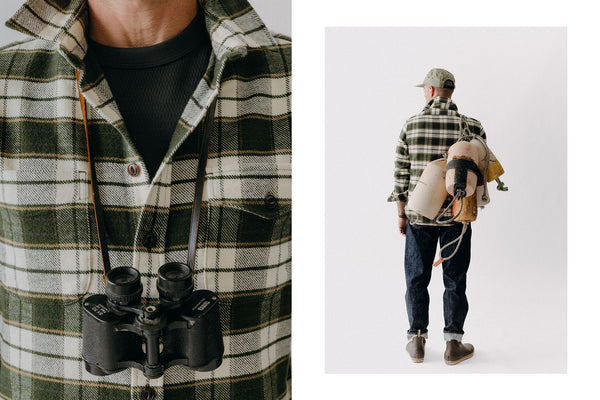
Check out how we’re styling our flannels across seasons and occasions.
Want to dive deeper into the history of other menswear classics? Check out our other Journals:
